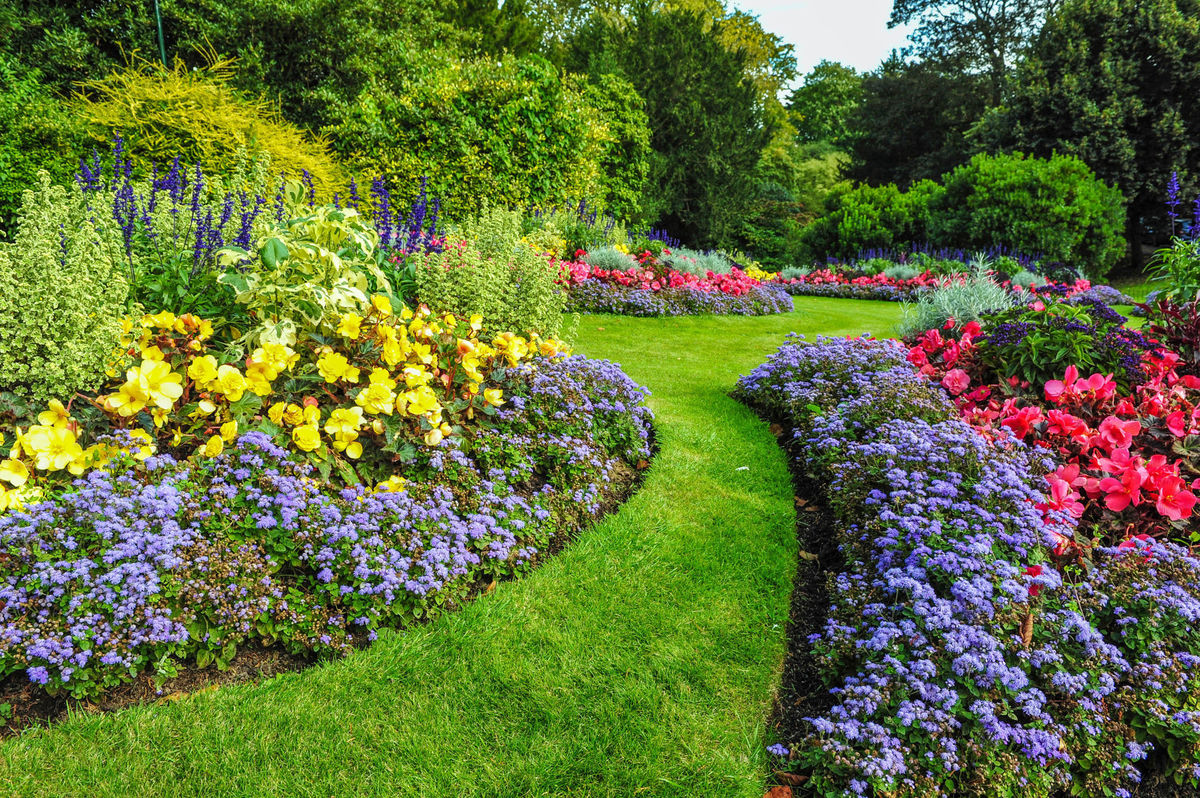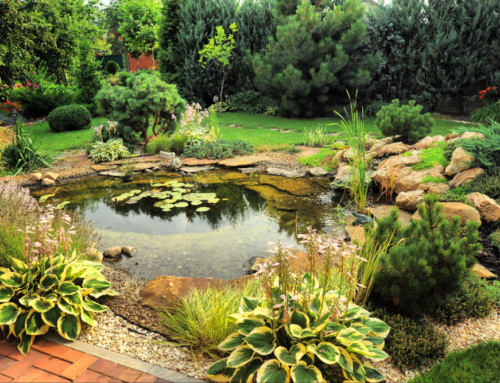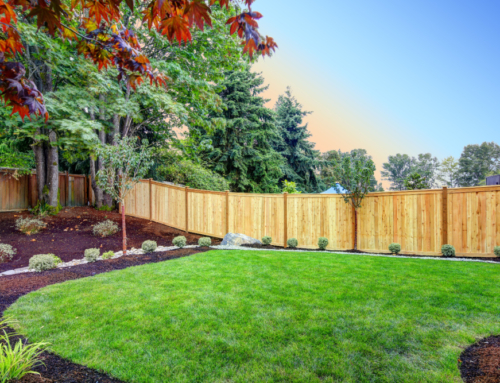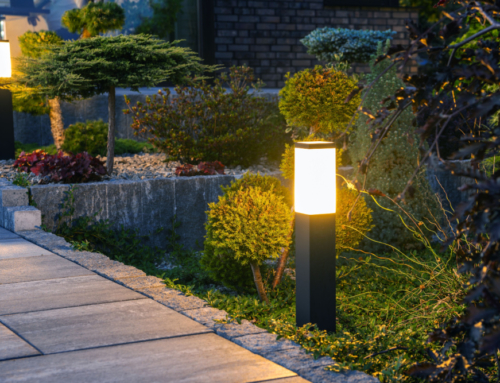By the time it gets to the March season, many North Americans are tired of the winter weather and are ready to get the springtime spirit started. Once the frost starts receding and the weather starts to become more agreeable, it can get you into that spring mood.
You may even start thinking about your yard and your home and upcoming projects you might like to take on. This may be cleaning up a little bit or doing a bit of spring landscaping. After all, soon not everything will be covered in snow. You’ve got a window starting to open where you can start getting some work done.
With the spring approaching, many homeowner’s thoughts turn to gardening, landscaping, and their yard. It’s a time where plants spring into life. Today we’re bringing you our best general spring landscaping tips. No matter where you live, you can benefit from these tips, so read on and find out more!
Plan out what you’d like to do.
Figuring out what project you’d like to do is great, but you also need to figure out how you’re going to get things done.
Know the climate of where you live.
You want to buy plants and design your landscaping to suit where you live. Knowing the climate of your yard and where you live on the planet geographically is going to help you figure out which plants to choose. Take into consideration also how much sun and shade the plants will be receiving as well depending on where you would place them in the yard.
Do some basic research.
Even if you are going to hire a landscape or you end up choosing to do it yourself, figuring out what you want to do is key. Plotting out how you will achieve your goal is also important, as you can achieve it in phases or maybe achieve your goals within hours, depending on what you are doing. You can always ask the staff at a local nursery or plant store about different plants and questions you may have. Make sure you know how tall the plants will grow as well.
Get to know your pests.
Whether a mammal that likes to eat the plant you’ve put in your yard or an insect that might just end up ruining your area. If you have invasive species, be aware that some plants may be more hardy and resistant or not even attractive to animals like deer or any other pests or wildlife that may be coming by.
Follow your inspiration.
From gardening magazines to interest to articles, you can find inspiration everywhere. Map out the area and if you don’t like what you’ve put down on paper for ideas, then start over or doodle another. Make lists. See what feels right for you.
Map out your home.
Make sure that your house and yard can handle what you have planned and you have space for it and are on your own property, etc. Be aware that height rules may apply when planning fences or high-growing plants and trees.
You may want to go low maintenance.
A plant can be very high maintenance– more than you think. A beautiful blooming tree also leaves petals everywhere. Watering and pruning may be required for certain trees or bushes or shrubs. Consider whether you will have the time and the energy to do this before planting them. Some plants may end up being too high maintenance for you and cause a lot of cleanups or even pollen– a big deal when people living close by like your children have allergies.
Match the landscaping to your home.
Do something that is going to line up with the homes on your block and looks great and totally at home in your area.
Landscaping your yard is one of the coolest things you can do in the spring. However, it’s important that you get everything right. You want your work and efforts to be worth it and enhance the value of your home. Thank you for reading and good luck with all of your future landscaping ambitions! There are always professionals that have experience that can help you out as well if you get stuck. Do your research to find out more!






